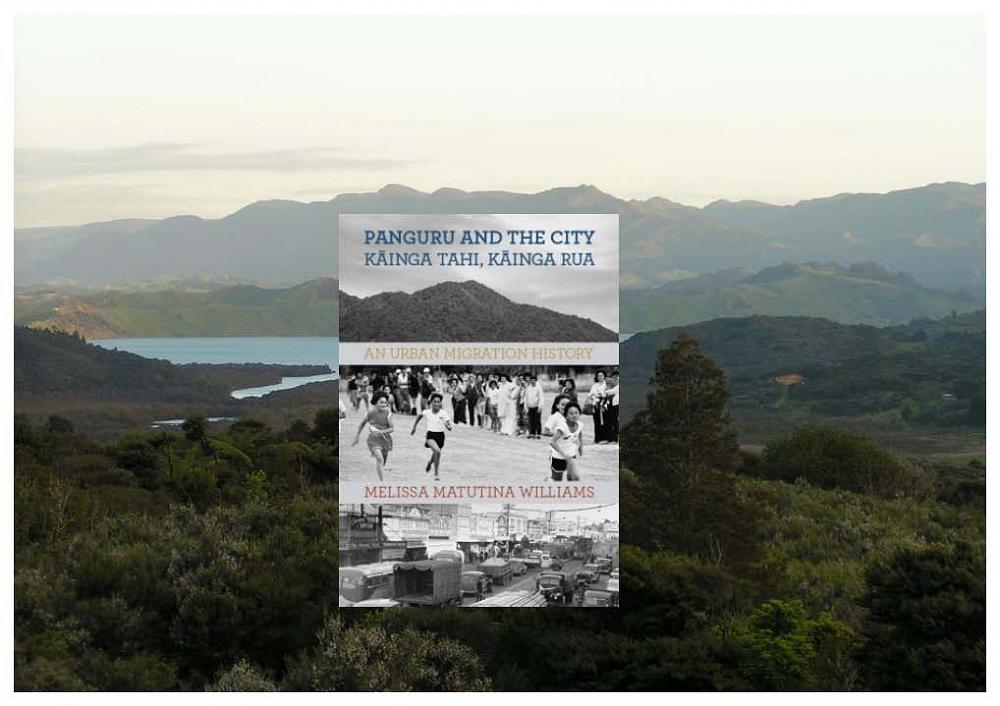
Panguru and the City Kainga Tahi, Kainga Rua: An Urban Migration History
By Melissa Matutinal Williams. First published by Bridget Williams Books 2015. Reviewed by Rangi Davis
Panguru and the City Kāinga Tahi, Kāinga Rua begins with an interview with two Māori elders (brothers) who had left Panguru, Northland for Auckland as 12 and 13-year-olds. They remembered the excitement of working alongside other whānau with the dream of returning to the papa kāinga (family homestead) in the future. But months turned into years and kāinga tahi (home one) and kāinga rua (home two) became a reality. The city home was where their children were born, married and their mokopuna went to school with shops and facilities close by. In contrast, Panguru had two shops and they remembered the farm with mud and gumboots, flooded rivers to cross, a single vehicle to drive passengers for shopping, business or to the health clinic in Kaitaia. Otherwise they walked or rode a horse. But Panguru was home!
Living between these two worlds had its difficulties. Many did not realise their dream and returned to Panguru only as tūpāpaku (deceased). One of the brothers, Taria Peita, died in October this year and was taken home to his Panguru urupā and ūkaipō to be buried with his ancestors. Moe mai e te mātua, i roto i nga ringa manaaki a te Karaiti.
Author Melissa Matutina Williams born in Auckland, went to live with her Nan in Panguru when she was 13 and heard the stories of whānau who had migrated to Auckland to earn money for their papa kāinga and tribal whenua. They always intended to return permanently but circumstances along the way changed their opportunities.
Melissa’s Panguru stories are an example of Māori migration and urbanisation all over Aotearoa. Māori were lured off their farms because the government wanted the land and offered Māori housing, benefits, paid work and education opportunities in the cities. But no infrastructure was put into place to manaaki (support, offer hospitality) them and many of these generous, hard-working people with principles shaped by their reo, tikanga, tribal and whānau connectedness and especially their commitment to their Katorikatanga (Catholic faith), struggled. The experience of assimilation and legislation rendered Māori people faceless and voiceless in the cities.
Melissa tells stories of her people’s resilience in facing the turmoil and uncertainties of city life and how they quietly got on. “Mahia te mahi. Just do it” was a favourite line of my own mother from Panguru.
This book resonated with me. My husband and I moved to the city in 1988 on a mission with the Marist Brothers and to be there for our children attending college and university. Now 30 years later, we’re still here supporting our children and mokopuna. We are living between kāinga tahi and kāinga run!
Tui Motu Magazine. Issue 222, December 2017:13.
